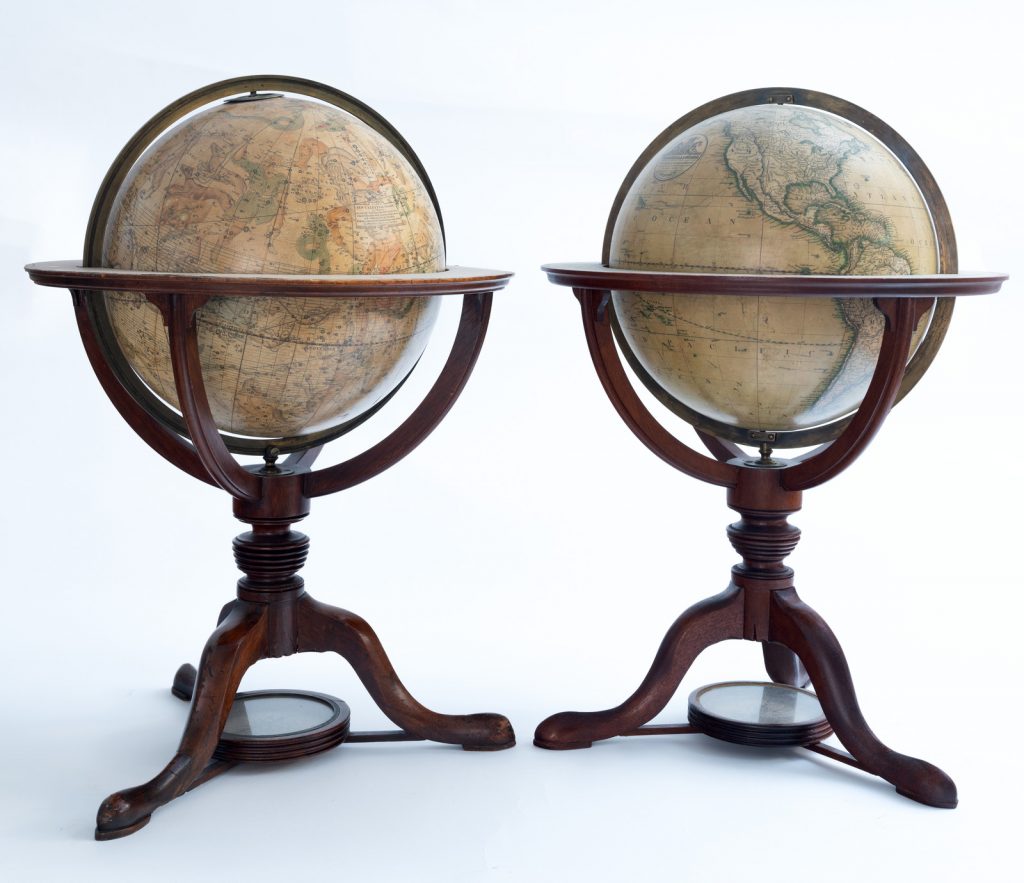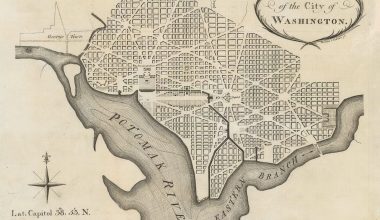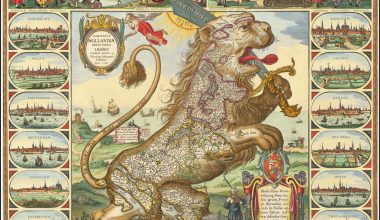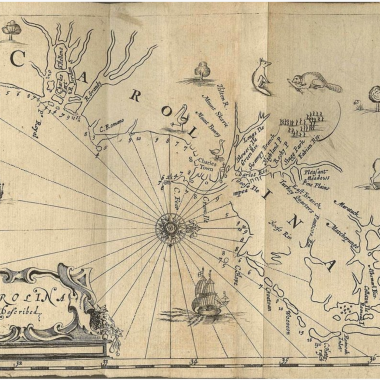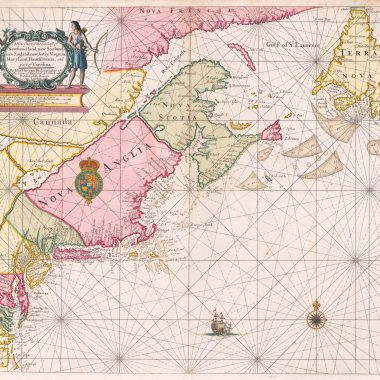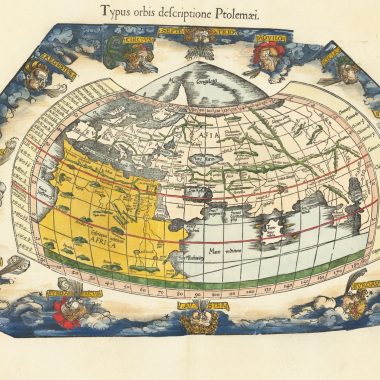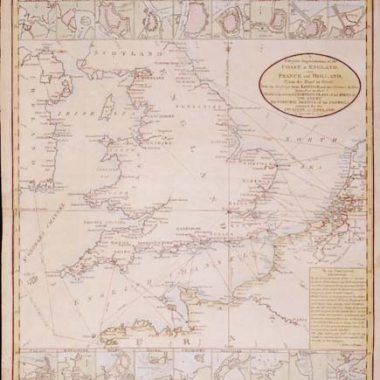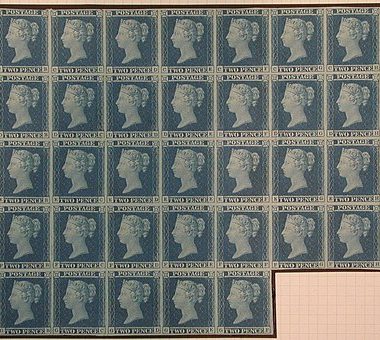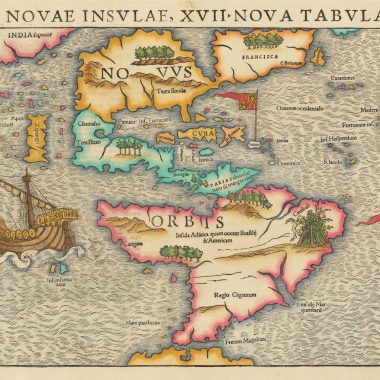Nathaniel Hill (1708-1768) was an engraver and globemaker working in London – at the Globe and Sun in Chancery Lane – who flourished from about 1730 to 1768. While Hill is interesting, as a relatively minor figure in the London map-trade, he forms part of a longer tradition of map-making than might first appear.
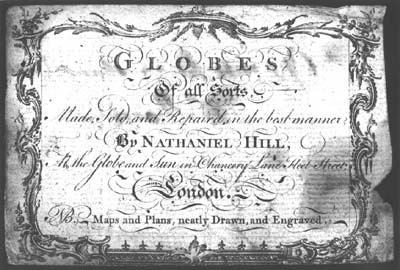
In 1730, Hill was apprenticed to Richard Cushee, a land-surveyor, engraver, map- and globemaker. Cushee himself had been apprenticed, in 1710, to Charles Price Sr., who was in turn apprenticed to John Seller Sr., one of the leading figures of the London map-trade in the last quarter of the seventeenth century. Cushee died in 1732, and was succeeded by E. Cushee, who is almost certainly the Elizabeth that later became Hill’s wife. After the marriage, Hill took over Richard Cushee’s business and shop in Chancery Lane. When Hill died, Elizabeth again took over the running of the business, for a few years. At the time Hill was apprenticed to Cushee, Cushee seems to have been working for John Senex, another leading English mapmaker. Cushee is believed to have carried out the survey work for Senex’s map of Surrey, the survey completed in 1729, although the map was not published until after Cushee’s death, as it bears E. Cushee’s name as one of the sellers.
It would seem that, initially, Hill worked as a surveyor – a survey of Barking Marshes from 1742 is known. However, by the end of the 1740’s, Hill was working principally as an engraver.
In 1747, Hill engraved William Vincent’s plan of Scarborough, showing the defences of the town, raised during the Jacobite Rebellion of 1745-1746. The following year, he engraved the title and twenty-five charts for Lewis Morris’ ‘Plans of Harbours, Bars, Bays and Roads in St. George’s Channel …’
In 1749, Hill engraved two maps for John Warburton, Middlesex which is dated 1749, and Hertfordshire which is undated. At about the same time, Hill published a map of the country between Newcastle, to mark a proposed new route between these towns, but the map also included much information on the Roman antiquities of the region, particularly Hadrian’s Wall. It is worth remarking that Warburton published a map of Northumberland in 1716, in which he included much information on Roman remains, and in 1753, Warburton published a book ‘Vallum Romanum’ covering much of the same ground, and Hill’s map may be related to Warburton’s activities.
Another more accomplished trade card (1) advertised globes of 3, 9, 12 and 15 inches (respectively 70, 230, 310 and 390mm) diameter. Sadly, in a provisional listing of British globes compiled in Richard Dunn and Helen Wallis, only examples of the 3 inch globe are recorded.
As noted above, Elizabeth Cushee continued the business for a short time after Richard’s death, before one of his apprentices, Thomas Bateman succeeded to the firm. In turn, Bateman took in apprenticeship John Newton and William Palmer. Newton was to succeed his master and, under his own name, established the firm as one of the three great globe-making houses in London in the nineteenth century (with the Cary and Bardin families). William Palmer worked for a while with Newton, before establishing himself as an accomplished engraver. One of Palmer’s apprentices was none other than John Cary Sr., founder of the Cary publishing house, creating an unbroken chain of descent of map and globe-making, through apprenticeships, extending from the 1670s into the 1830s.
It is often only through such tenuous strands that the trading alliances, links and careers of many such figures of the eighteenth century can be understood. Much ground-breaking work on this aspect of the trade has been done by Laurence Worms, who properly identified this theme of relationship by apprenticeship.
Note.
(1) illustrated in Dekker, Elly and Peter van der Krogt, Globes from the Western World, (London, Zwemmer, 1993), fig.52).
The Trade card illustrated courtesy of Jonathan Potter Ltd, item 536 from his new, and impressive, catalogue, illustrated throughout in colour.
